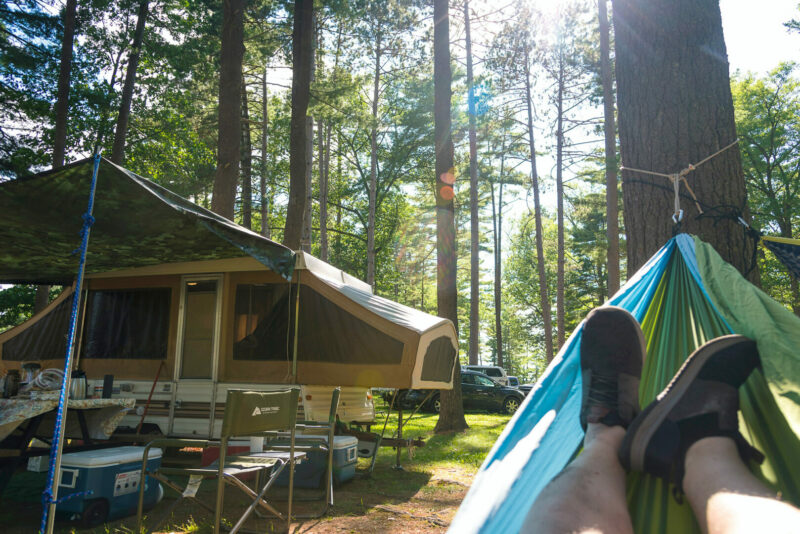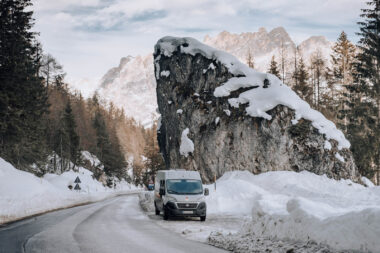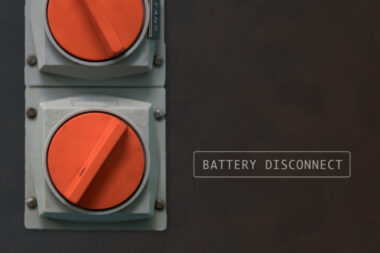Table of Contents Show
A pop-up camper can lead to wonderful memories with your family. However, some often have regrets about this type of camper, but we’re here to help.
We want to help you make an informed decision before making a purchase. Today, we’ll look at the top five regrets of getting a pop-up camper. Let’s get started.
What Is a Pop-Up Camper?
A pop-up camper is a compact camping trailer that folds up while in transit and expands into a much larger and roomier living space. It often has multiple sleeping areas, a kitchen, and some have a bathroom. They’re a budget-friendly option for those looking to make camping memories on weekends or an occasional longer trip.
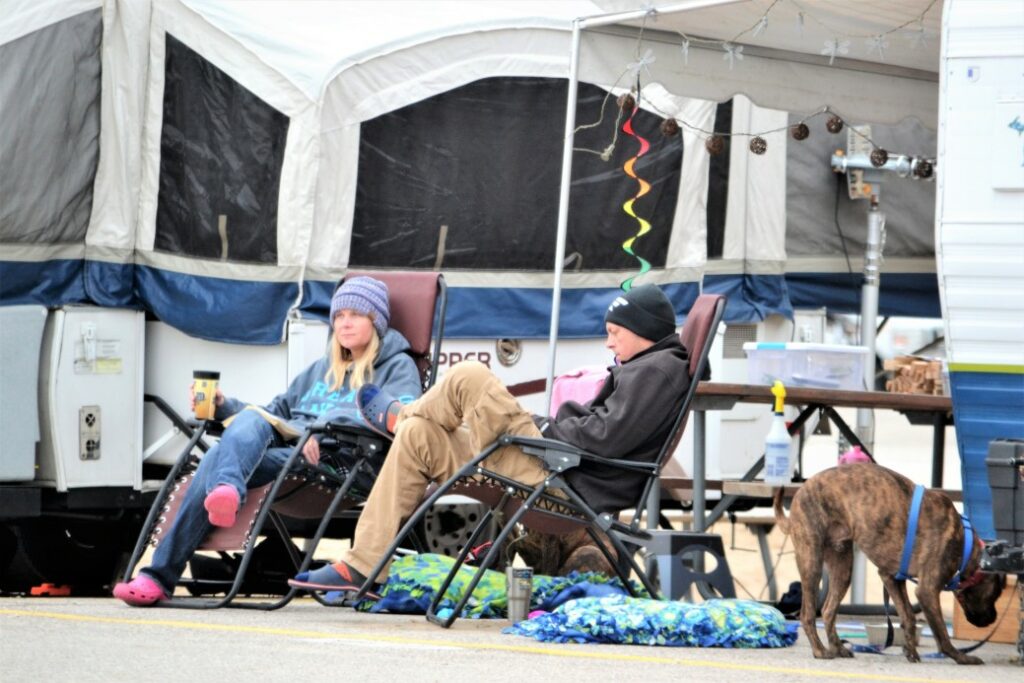
How Does a Pop-Up Camper Work?
A popup camper uses a lift system with pulleys and winches to raise and lower its roof, sidewalls, and canvas. Once you arrive at the site and have leveled and unhitched your camper, you’ll likely need a crank of some sort to initiate the pulleys.
If you want to get a good arm workout, you’re in luck! Many of these systems require manual power to turn the crank to raise and lower the components. Be sure to take your time and keep all fingers and other limbs away from the camper’s moving parts.
Once you’ve fully extended the pulleys and winches, pull out any trays or canvas slides with the sleeping spaces. Once set up, a pop-up camper can feel roomy for its compact size.
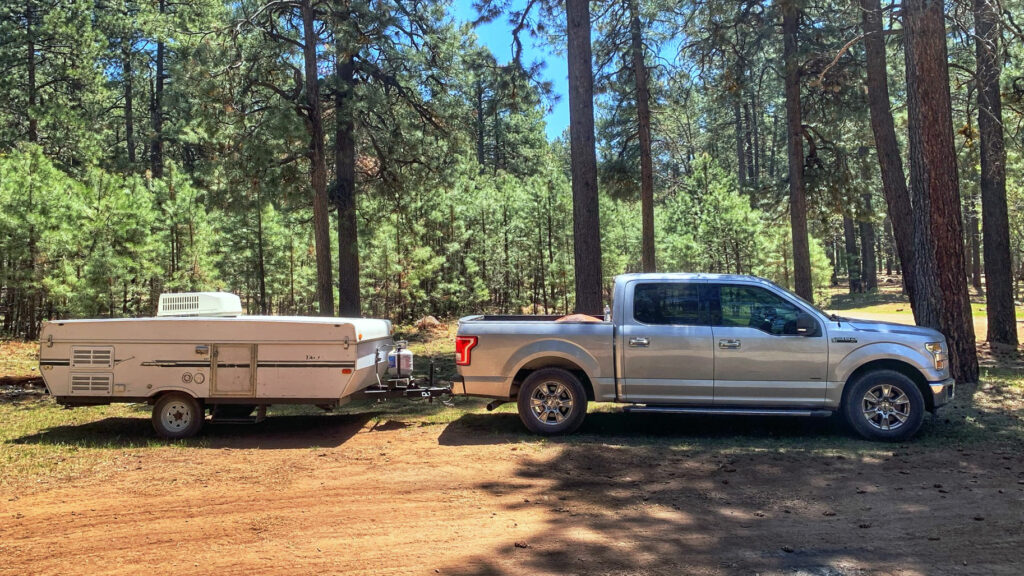
Types of Pop-Up Campers
You can get several types besides the standard pop-up camper. You have Aliner, Hi-Lo, and a wide range of hard-sided ones. They offer great and unique features.
Aliner is the original a-frame RV and is the lightest, most innovative, and sustainable one on the market. You can choose from 11 models with different sizes and features. Whether you travel solo or with your family, you’ll likely find a good fit for you.
The iconic American-made Hi-Lo campers started production in 1956, but the last was produced in 2010. They have hard sides and use a telescopic hydraulic lift system. Campers find it easy to use.
Hard-sided RVs help increase the insulation for noise and weather conditions. Many enjoy the more residential feel of this sturdy trailer. However, it comes with some downsides.
Pro Tip: If you’re looking for the best pop-up campers on the market, you have to check out The 7 Best Pop Up Trailers.
Top 5 Regrets of a Pop-Up Camper
Some have expressed a handful of pop-up camper regrets that we think you should consider. Let’s take a look at them to help you make an informed purchase.
1. Minimal Storage
Because of how pop-up campers fold into themselves, it eliminates a lot of storage space. You can only store inside the RV in the cabinets, drawers, and sometimes the floor space.
You’ll likely find yourself frustrated when you can’t bring everything you need. These trailers can provide many things, but storage space is not one of them.
Pro Tip: As fulltime RVers, we’ve come across ways to organize and store pretty much anything.
2. Extra Work
Another one of the pop-up camper regrets is how it takes a lot of work to set up and take down at each camping trip. And it takes some time.
If it rains, you’ll need to allow the canvas to dry out thoroughly to prevent mold. This is an additional step that you don’t have to do on other RVs.
3. Poor Sound and Temperature Insulation
The sides of a pop-up camper are usually made of soft canvas material. The lack of hard walls causes issues with temperature insulation. You may get colder at night with canvas walls instead of an enclosed camper.
It also makes it difficult to regulate the temperature inside. You also don’t want to feel like your neighbors can hear every conversation you have in your camper.
4. Not Great for Families
Some RVers regret getting a pop-up camper for family camping. They don’t have much living space, so families often find it challenging to move about with others inside.
The lack of living space can cause frustration when the weather conditions force everyone inside. Spending hours in such a tight space with multiple people can test your patience.

5. Small Holding Tanks
Pop-up campers have small holding tanks, meaning you can’t go for prolonged periods before needing to fill up and dump your tanks.
With boondocking growing in popularity, small tanks cause many to regret choosing this style of camper.
Benefits of Pop-Up Campers
Pop-up campers do have some pros. Let’s look at a few of the benefits many RVers love about them.
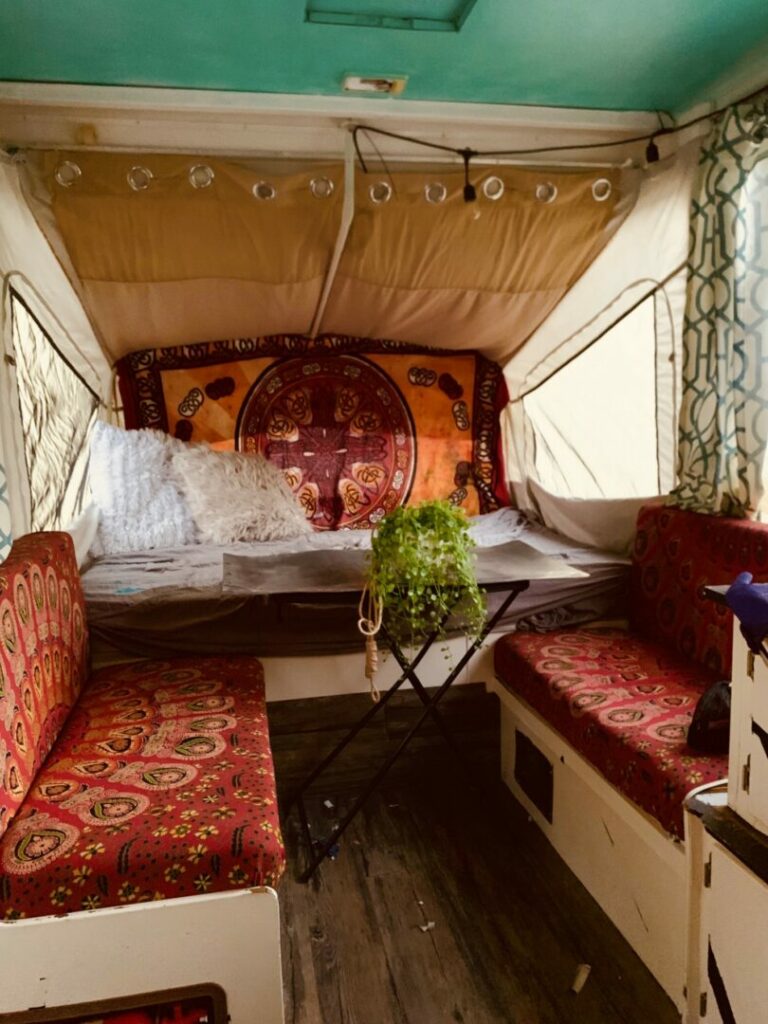
Great for Smaller Vehicles
First, you can tow them with a smaller vehicle. You won’t need a beefy truck to pull these compact trailers. Many have hitch weights between 100-200 lbs, and you can tow them with SUVs and small trucks.
If you choose a pop-up camper, you won’t have to purchase a $60,000 truck. If you have a vehicle with a hitch, you’ll likely find one to fit your setup.
Great for Couples and Solos
While these campers may not work best for families, they’re fantastic for couples and solo travelers. They don’t require as much space to maintain a relaxing environment.
Fewer people also mean fewer things to bring and store. Plus, being in close quarters as a couple can help you get to know each other better and grow your relationship.
Perfect Intro to RVing
Many in the RVing community now tow massive fifth wheels across the country but started in a pop-up camper. They appreciated the experience because it familiarized them with the lifestyle.
When you first get started RVing, it’s difficult to rationalize spending a massive amount of money on a truck and RV, especially if you’re unsure if you’ll enjoy it. A pop-up camper can allow you to get a taste of the lifestyle but requires a more negligible upfront cost. It’s a good intro to RVing.
Keep in Mind: There is a lot to consider when choosing what type of RV to buy, but we have a guide to help you out!
They may look small on the outside, but inside they have a generous amount of room. They cost less but provide many amenities to make you as comfortable as possible while RVing. Would you consider purchasing one?




